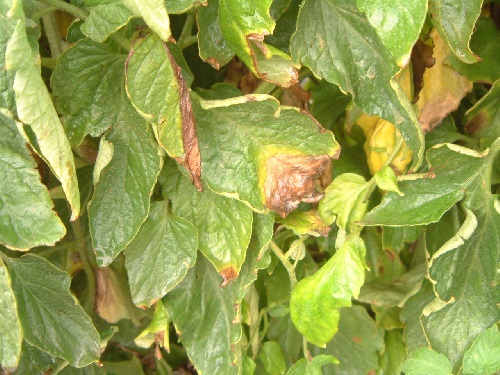Novel Study Examines Flight Pattern of Spotted Lanternfly
Researchers in Penn State’s College of Agricultural Sciences are studying the flight patterns of spotted lanternfly, an invasive planthopper from Asia that poses a threat to multiple fruit crops.
The team of scientists has learned the pest is not a strong or frequent flier. Scientists believe this will hinder the ability of adults to travel long distances by air.
The findings of their experiments were published recently in the Journal of Insect Behavior.
“Even before these flight episodes, it became apparent to us that we needed to learn the ‘how and why’ of spotted lanternfly flight,” said Thomas Baker, Distinguished Professor of entomology and chemical ecology, whose research team began the wind-oriented, flight dispersal research in 2017, followed by a second phase in 2018.
Spotted lanternfly is known to feast on the sap of vines and fruit trees, where they excrete a “honeydew” that can cause sooty mold. In 2018, Pennsylvania grape growers reported a large amount of vine mortality and failure to set fruit due to the amount of feeding and dense populations of the invasive pests.
Baker’s team, through studies on individual flight paths in 2017 and 2018, found adult lanternflies craw to the top of the nearest vertical surface and launch themselves into the wind. This creates level or gradually descending straight-line flight paths, usually 10 to 30 feet high and averaging 75 feet in length before landing.
These average flights lasted about 11.5 seconds, as Baker notes, because “the lanternflies cannot generate much lift, and on the vast majority of days, they are constrained to fly at or below the altitude they launch themselves from.”
On hot days, the rising buoyant air can increase the amount of lift for the insects, which can carry them hundreds of feet high at a time.
On the few days when this occurred during the two-year study, Baker’s team followed individual, high-flying adults and observed them being carried downwind in slowly descending flights of between 325 and 650 feet. Baker noted that in specific studies, lanternflies in-flight orient to anything they can see nearby including light poles, garbage cans, and tree trunks. Upon landing, the pests begin feeding immediately, even on nonedible surfaces.
“We believe these adults had not attained sufficient nutrition from the trees they had been feeding on before embarking on flights,” Baker said. “In short, repeated feeding by a population in the same location for long periods seemed to have reduced the food quantity or quality, and they needed to move to find their next meal to complete their reproductive development.”
Baker says this strong visual response to vertical silhouettes could help future research and tracking of populations.










